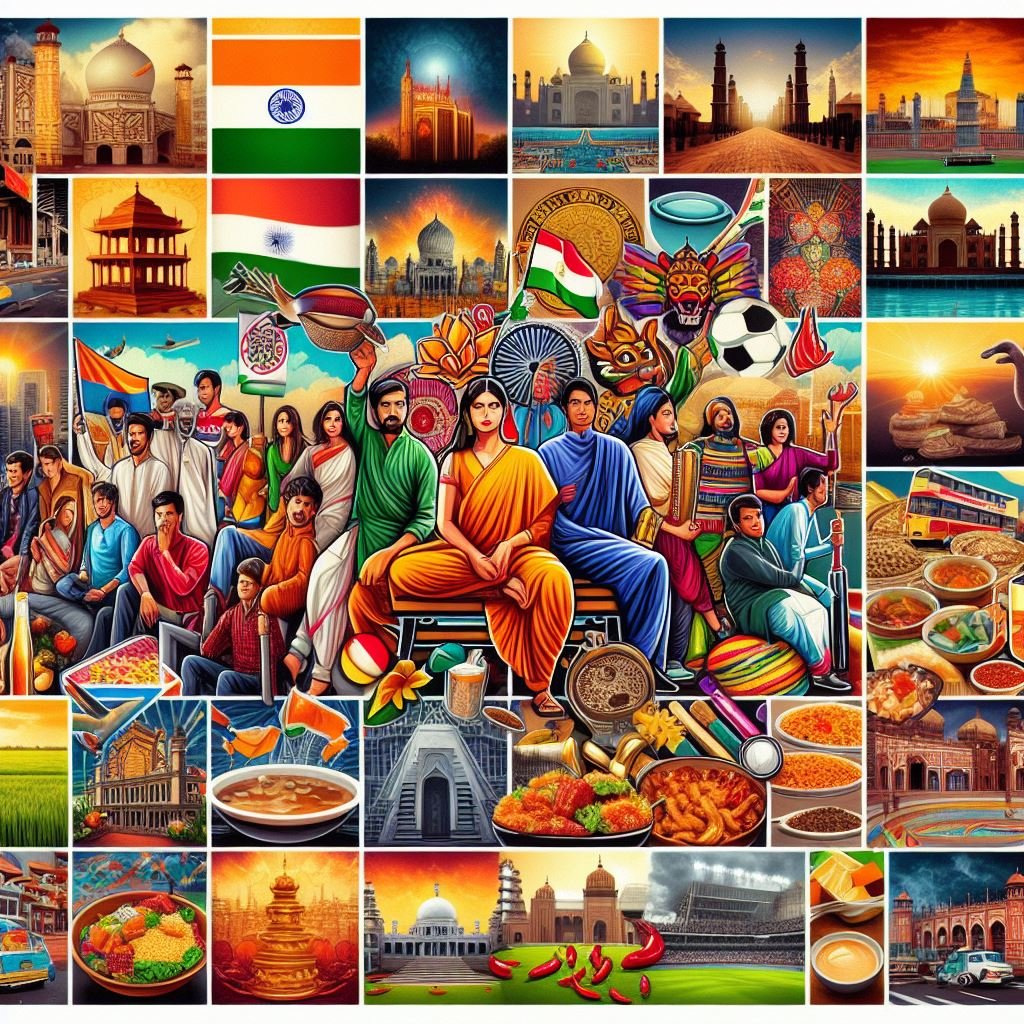Is the digital realm, once envisioned as a bastion of limitless information, now a hunting ground for the unseemly and the explicit? The proliferation of easily accessible, often poorly curated content, particularly within the realm of "desi" (referring to South Asian) themed material, raises serious questions about online safety, ethical responsibility, and the very definition of entertainment in the 21st century.
The internet, a tool of unprecedented power, has democratized content creation and distribution. This has led to an explosion of material catering to niche interests, including those of a sexually explicit nature. The term "desi," encompassing a vast and diverse population, has, unfortunately, become associated with a specific genre. This genre, often characterized by amateur videos, potentially exploitative content, and a lack of robust content moderation, poses considerable challenges. The frequency with which search queries yield results of this nature underscores the pervasiveness of this issue and the urgent need for a critical reassessment of online practices. The user experience is often haphazard. "We did not find results for:" repeatedly appears alongside queries, highlighting the search for information, even in such an online environment. Check spelling or type a new query is something that has become commonplace, with users needing to revisit the same search again to retrieve the required content.
| Category | Details |
|---|---|
| Terminology & Definitions | "Desi" Context: Within this context, it often references content focusing on South Asian individuals, typically involving sexually explicit scenarios. This usage is often commercially driven, capitalizing on cultural identity. "Viral": Indicates content that has gained rapid and widespread popularity across the internet. In this context, it suggests content that is being quickly distributed. "MMS": Refers to Multimedia Messaging Service. This is frequently associated with videos shared or circulated, often without consent. |
| Content Characteristics | Types of Content: Includes videos featuring couples ("desi couple viral talk"), individuals ("desi bhabhi," "desi girl"), or specific settings such as homes ("home mms"), or educational institutions ("desi school sex"). It often includes explicit acts and sexual acts. Distribution Platforms: Content can be located on specialized websites ("mydesi.net") and social media platforms, and search engines. User Experience: Frequent reports of a disorganized user experience with "desi porn tubes." Many websites do not provide content organization and this makes it harder to find the required content. |
| Platform and Availability | Streaming Services: There are mainstream streaming services aimed towards the Indian diaspora, such as mydesinet. Content Variety: Such streaming services may have Bollywood movies, TV shows, and local content. Audience: These platforms are intended for Indian viewers in the United States, and cater to their needs. |
| Ethical & Legal Concerns | Consent: The nature of this material and the methods of its acquisition raise serious questions about consent, especially in viral content. Privacy: The distribution of private videos and intimate content without permission constitutes a violation of privacy. Exploitation: Minors, or those coerced into creating or distributing sexually explicit content, are also at risk. |
| Related Keywords | Pornography, Cybersex, Online Privacy, Sex Trafficking, Content Moderation |
The constant bombardment of sexually explicit material presents a distorted view of human relationships, and the culture it represents. The commodification of bodies and the reduction of individuals to objects of sexual gratification erode the fabric of society. Further, the availability of such content, often without age restrictions or proper safeguards, poses a grave threat to vulnerable populations. It is no longer just a matter of personal choice; it is a societal issue demanding comprehensive solutions.
The digital landscape is constantly evolving, with new platforms and technologies emerging at an unprecedented pace. This rapid change, however, often outstrips the development of adequate safeguards and regulations. The rise of deepfakes, AI-generated content, and the blurring of reality and fiction further complicates the situation. The ease with which explicit content can be created, manipulated, and disseminated necessitates proactive measures to protect individuals and prevent the exploitation of vulnerable groups.
The prevalence of terms such as "Desi couple viral talk and home mms," and the endless stream of search results dedicated to "Mydesi desi mms videos free indian sex videos desi girl desi bhabhi desi aunty desi school sex tamil telugu mallu bengali sex mydesi.net" exposes the vulnerability of users, particularly younger ones, to potentially harmful and misleading content. "Desi bhabhi showing boobs and pussy on camera part 1," "Desi gf riding bf cock on sofa hardly," and the myriad of variations with "Girlfriend kissing desi mms video with" are just a few examples of the kind of content that is easily accessible.
The issue is not limited to explicit content; it extends to broader issues of privacy and consent. The unauthorized recording and distribution of private moments, frequently under the guise of entertainment, violate the fundamental rights of individuals. The consequences of such actions can be devastating, leading to emotional distress, social stigma, and legal repercussions for both the creators and the distributors of the material.
The current framework for content moderation and regulation is demonstrably insufficient. The sheer volume of online content, combined with the anonymity afforded by the internet, makes it challenging to identify and remove harmful material. This gap between content creation and content control creates an environment where exploitation and abuse can flourish. This creates the need for more robust and efficient mechanisms for monitoring and regulating online content, including the use of artificial intelligence to identify and flag potentially harmful material.
The proliferation of "free porn videos" also poses a challenge. The seemingly endless supply of content encourages a culture of instant gratification and reinforces unrealistic expectations regarding sex and relationships. It also creates opportunities for exploitation and the trafficking of individuals who are coerced into participating in explicit videos. The accessibility of such content normalizes behaviors that can be harmful, especially to young people who are still forming their understanding of relationships and sexuality.
The challenges associated with the "desi" content ecosystem are multifaceted and require a comprehensive approach. It is essential to educate users about the risks associated with consuming and creating explicit content, and to encourage critical thinking about the material. Collaboration between governments, tech companies, and civil society organizations is essential to develop and implement effective solutions.
The repeated appearance of error messages such as "We did not find results for:" and "Check spelling or type a new query," underscores the limitations of current search algorithms and the difficulty of navigating the online landscape. The fact that users must repeatedly rephrase their searches to find the information they seek highlights the need for improved search functionalities and better content organization. The lack of structure or organization within this corner of the web adds to the chaotic nature of the content, making it harder for users to find what they are looking for, or to even avoid the more harmful content entirely.
The "trending videos in the last 24 hours" is another facet of the issue, showing the constant flow of new content with its ever-changing algorithm. The trends change with the users' choice, making the online platform a hub for fresh content. This leads to rapid content creation, which needs to be regulated and monitored.
The streaming service "Mydesinet" offers a look into the mainstream. By offering Bollywood movies, TV shows, and regional content for fans in the US, the streaming service is trying to cater to the Indian diasporas diverse needs. This is indicative of a growing demand for Indian content and a greater awareness of cultural identity. This presents a contrast between legitimate streaming services and the potentially harmful content that coexists online, creating a dual ecosystem.


